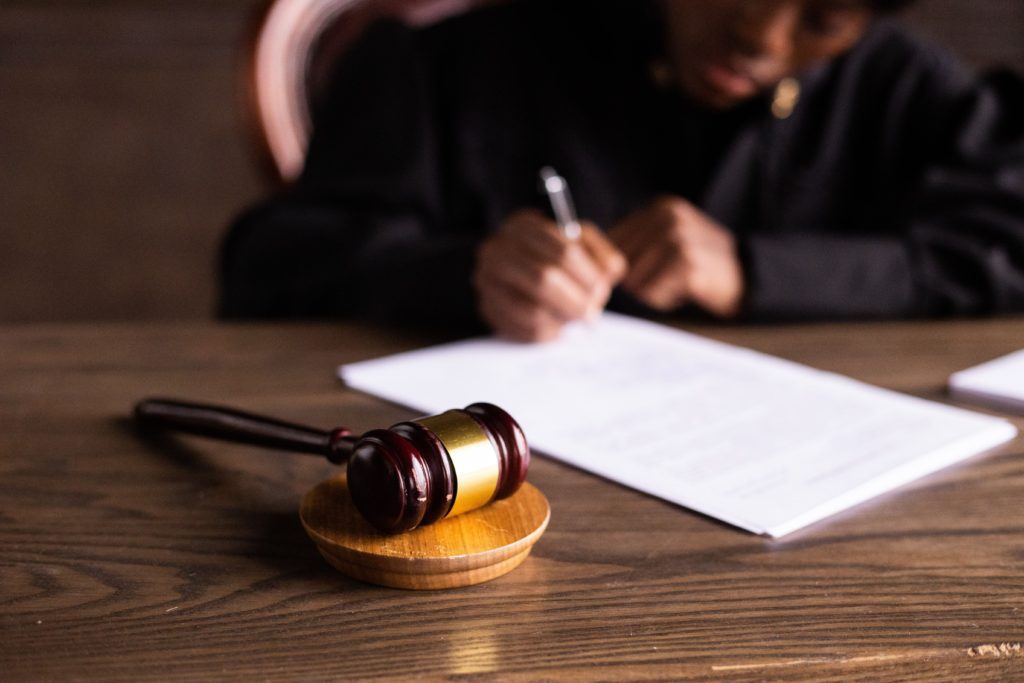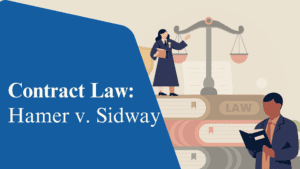
Keywords: Pre-Trial Process, Grand Jury Investigation, Indictment Issued, Search and Seizure of Evidence, Arrest, Initial Appearance, Arraignment
People like this article also like:
- Ten Defenses to Criminal Liability
- Criminal Law and Procedure 101
- Constitutional Rights in Criminal Proceedings
The Pre-Trial Process
There are several steps the US criminal justice system has to take in order to bring a criminal to justice. The entire process begins with pressing a charge against a suspect and ends at punishing the offender. The whole criminal justice process can be divided into Pre-Trial Process, Trial, and Post-Trial Process.
Before a trial begins, there are several things that need to be addressed. This is called the Pre-Trial Process and includes a/an:
- Grand Jury Investigation
- Indictment Issued
- Search and Seizure of Evidence
- Arrest
- Initial Appearance
- Arraignment
1. Grand Jury Investigation
There are two types of jurors in the United States: trial jurors and grand jurors. While a trial jury is convened to decide the outcome of a case, a grand jury is convened to decide whether or not to indict (charge) someone with a crime.
In the United States, a grand jury investigation is one of the ways to charge someone with a crime. During a grand jury investigation, criminal prosecutions will present the grand jury, consisting of 16 to 23 people, with a criminal case, suspects, and related evidence; the grand jury will then review and decide whether there is sufficient “probable cause” to indict the suspects of the case with crime by a simple majority of votes.
2. Indictment
An indictment is a formal accusation that an individual has committed a serious crime. That is, an indictment officially charges an individual with a serious crime and proceeds with a criminal prosecution. An indictment is generally issued by a grand jury.
It is worth noting that not every crime requires an indictment. At the federal level, only felonies require an indictment; whereas at the state level, although many jurisdictions have laws requiring indictments for felonies, there are jurisdictions that do not have such laws.

3. Search and Seizure of Evidence
Law enforcement agents play a key role in collecting evidence and “search and seizure” refers to their examination of a suspect’s house, car, or other properties for specific items that can be used as evidence against the suspect.
Under the Fourth and the Fourteenth Amendments of the U.S. Constitution, in order to search and seize evidence of crime, law enforcement officers must obtain a search warrant from a judge unless probable cause and emergency circumstances exist.
4. Arrest
After a grand jury returns an indictment, law enforcement officers will then proceed to arrest the suspect. Once the suspect is arrested, he/she will be taken into custody to wait for trial. Before questioning the suspect in custody, an officer must read the suspect the Miranda Rights, informing the suspect of his/her right to remain silent and right to a lawyer.
Generally, police must obtain an arrest warrant in order to make an arrest unless probable cause and exigent circumstances exist. An invalid warrantless arrest may lead to suppression of the evidence that came from the arrest.
5. Initial appearance
After a suspect is arrested and taken into custody, he/she will be seen by a judge for an Initial Appearance within 24 hours. An initial appearance is a hearing where the Judge (1) reads the rights of the defendant, (2) appoints a lawyer to the defendant if necessary, and (3) sets conditions of pretrial release.
The aforementioned rights of the defendant include the right to remain silent and the right to communicate with counsel and friends. A counsel will be appointed to the defendant if he/she cannot afford one in pursuant to the Sixth Amendment. The conditions of pretrial release are set to make sure that the defendant will appear in court when required.
*In the case of a warrantless arrest, the judge will first determine whether probable cause was present at the time of the arrest. If it was not, then the defendant will be released.
For more information about the rights of the defendant, check out Constitutional Rights in Criminal Proceedings.
6. Arraignment
An arraignment is a hearing where the defendant appears in court to hear charges against them and enter a plea. It is the first step of a criminal proceeding.
During an arraignment, the judge will first read the criminal charges against the defendant and inform the defendant of his/her constitutional rights. Then the defendant will be asked how they want to plead to the charges. The defendant has three options when entering a plea: plead guilty, plead not guilty, or plead no contest.
If the defendant pleads guilty, the plea will end the trial here and the case will proceed to sentencing. If the defendant pleads no contest, it means he/she does not agree with the accusation but is willing to accept a conviction.

